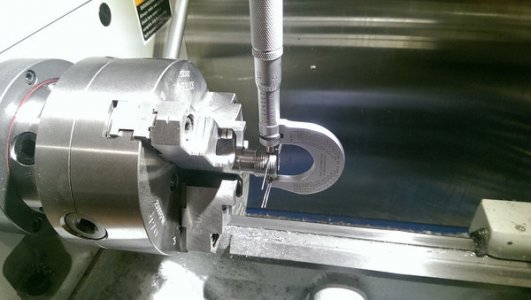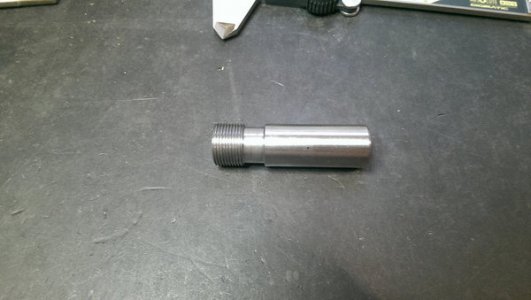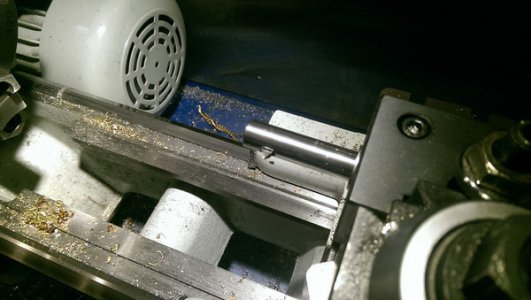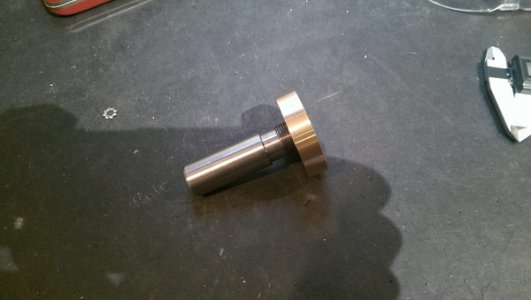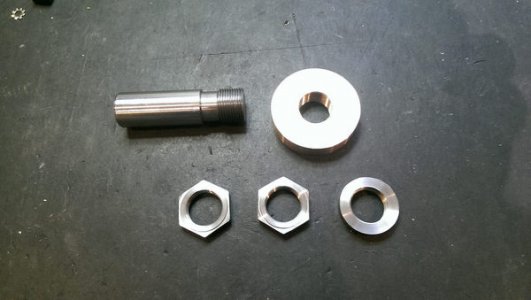Robert, I didn't do all the math or anything. I am spoiled to some software I have that spits all the details out, and will also give the specifics for making gages as well. In reality, and I hate to break it to you, but if you used the book PD for a "part" to make your plug, then it won't qualify as a gage either, really.
The best way for a work ring to be made in the shop (and by that I mean other than a hardened, ground and lapped ring) is to first make a plug......yes, make a plug, but make it according to the dimensions of the ring you are going to make. In reality, there are special plugs called "set plugs" that are oversized per working plugs, so useless for making parts, that are actually stepped. About half the length of the plug is a little larger than the rest. This is so that adjustable style ring gages can be set to a certain fit. Smooth and snug on part, but not to fit the rest. Kind of a go and no/go built on one plug. That's a little over-simplified, but that's the general idea. For most purposes, you want to use the set plug you make to gage the ring gage. In an extreme case, two set plugs would be made....one that you want to go, but snug, and another a few tenths larger than shouldn't go. You want to know if your rings gage is too large, right? But practically speaking, just one plug is made, and the ring gage is just machined to fit well. The error will be on the good side, and as long as you don't get wild with it, the ring will be serviceable for a long time. I would not use brass though.
So now you have a set plug to put away so you can check your soft work ring once in a while, and/or remake as it wears out, and a good work ring.
Maybe someday we need to have a good thread discussing thread gages and how they are made, and how we can make acceptable soft gages for use in the shop. It's good practice, although I know that most hobbyists just grab a nut or bolt. As I've said a few times before, I'm not a hobbyist. I do this for money, so I usually have a drawing to follow and my threads have to be "book-right"
